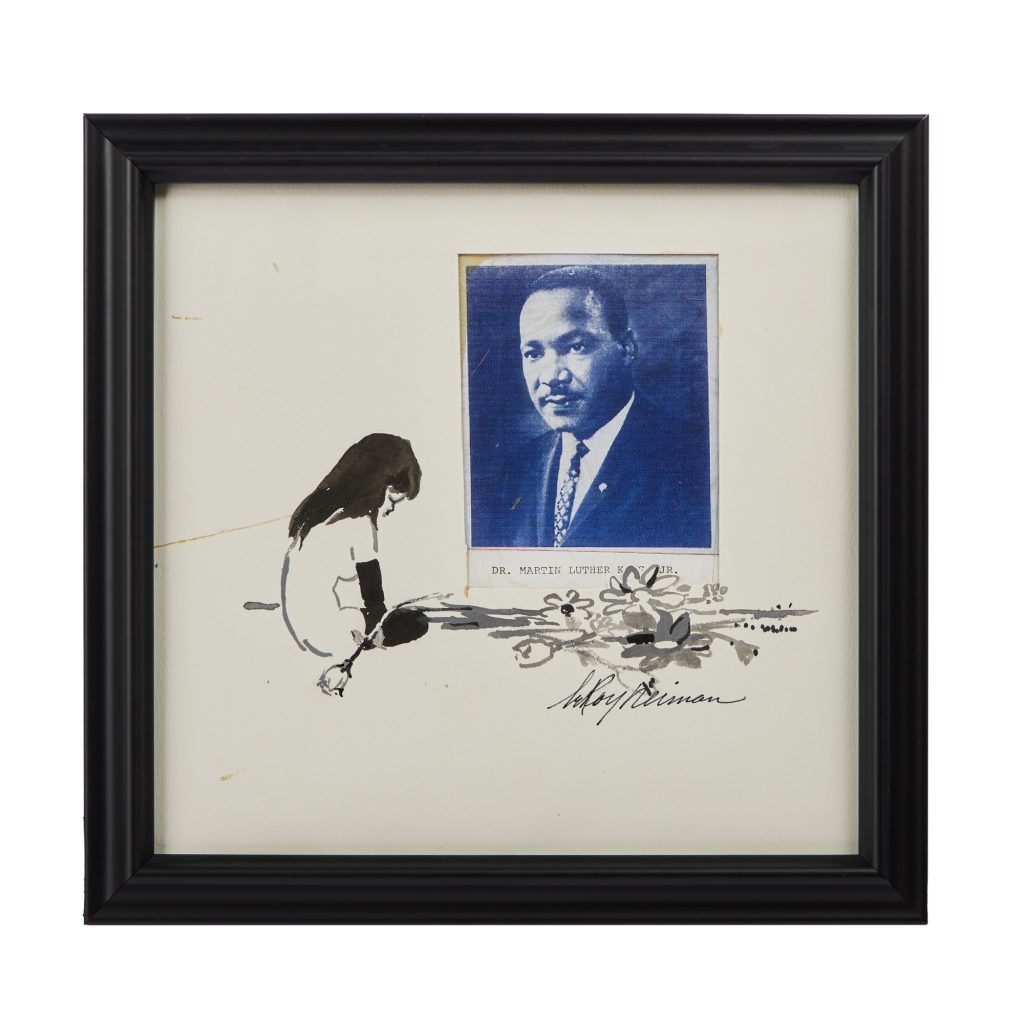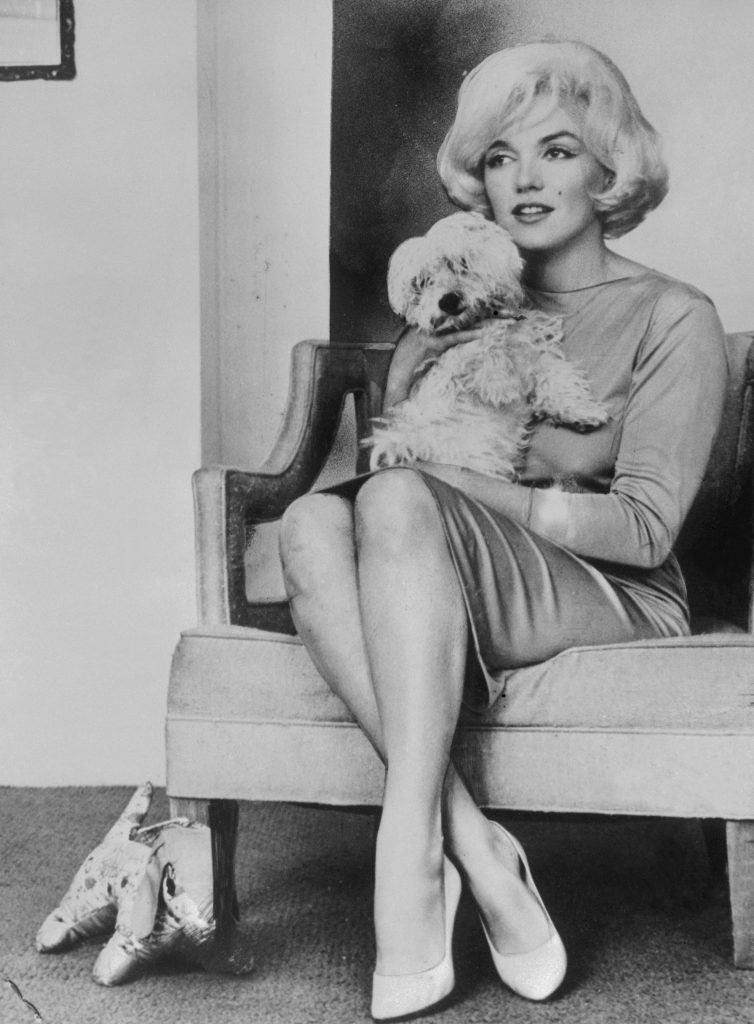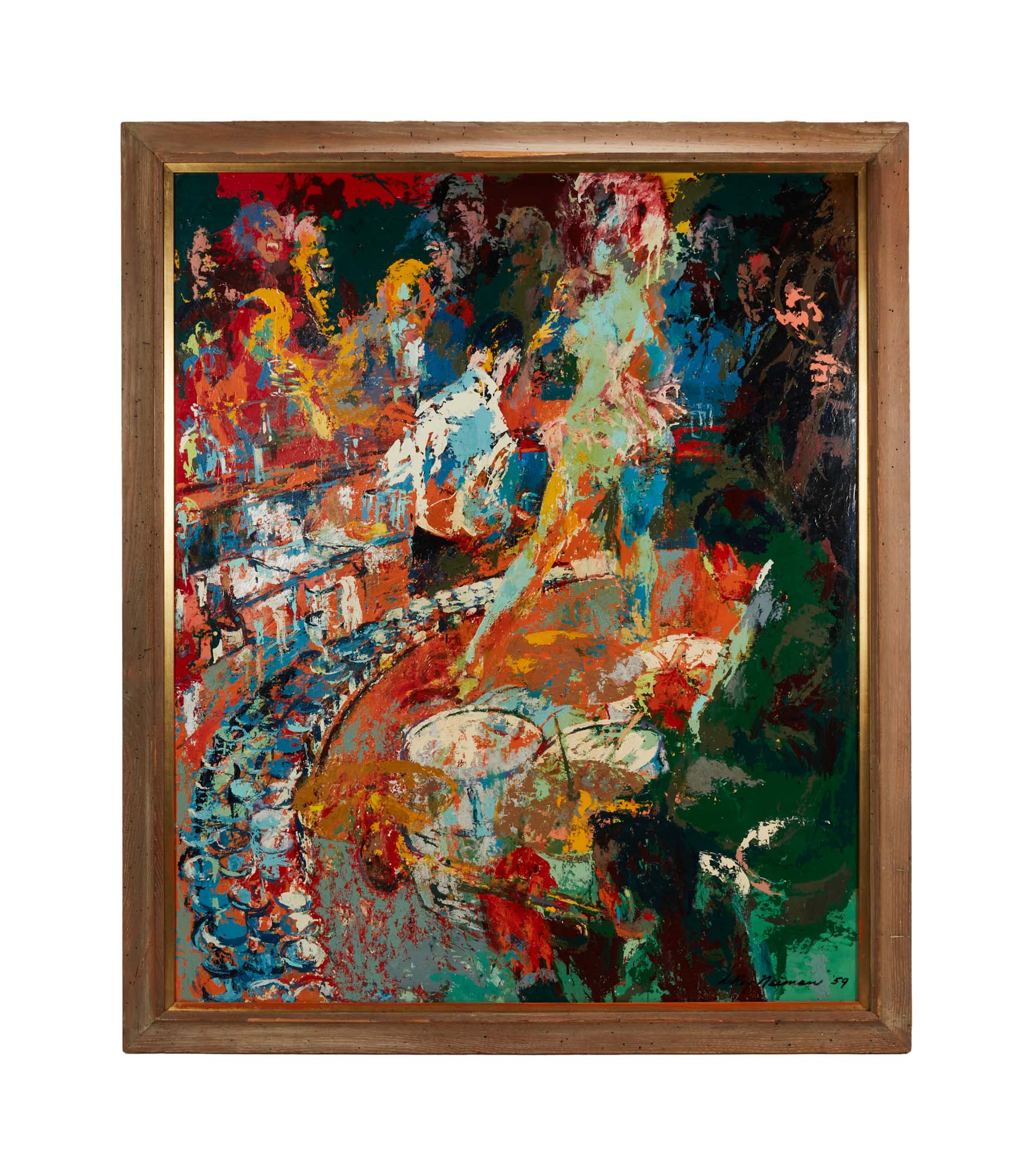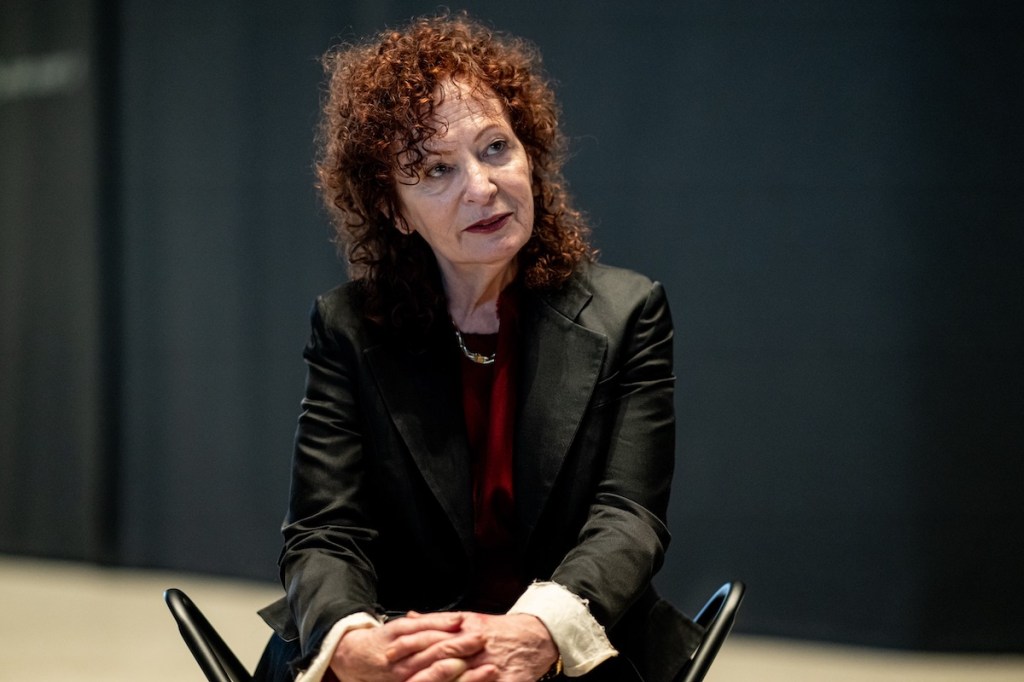In life, Hugh Hefner and Marilyn Monroe never met. In death, their assorted miscellany has raised more than $4 million at a sale held by Julien’s Auctions. Hefner the producer met Monroe the product made for an apt, if unsettling, pairing that was celebrated through more than 600 lots in a two-day auction at NYA Studios East in Hollywood, California.
The sale brought together artworks Hefner had collected, as well as those displayed throughout the headquarters of Playboy, the magazine he founded in 1960 and grew into a media empire. The highest selling fine art lot was Stalk (1962), a skinny bronze sculpture topped with something pointed and violent, by celebrated American abstract sculptor Richard Hunt. After appearing in Playboy, the sculpture stood in the lobby of Playboy Enterprises in Beverly Hills. It sold for $127,000 with a second sculpture by Hunt, Bird, selling for $63,500, more than four times its high estimate.
Richard Hunt, Stalk (1962). Photo: Julien’s Auctions.
A work by Abstract Expressionist Milton Resnick, Crater (1956), sold for $76,200, three times its estimate. Resnick was known for his large, paint-laden canvases and Hefner hanged the work in Playboy Mansion West. Also onsite were Pablo Picasso’s Raphael et la Fornarina I (1968), a signed etching that went for $13,000, and Joan Miro’s color lithograph Woman, Moon Stars (1963) that sold for $16,250.
One artist more closely associated with Playboy was LeRoy Neiman whose femlins, opera-glove wearing female sprites, graced the magazine for 50 years. All 17 femlin drawings sold. Chief among these was an uncharacteristically sober femlin pictured grieving before a photo of Martin Luther King. It sold for $16,250.

Leroy Neiman, Femlin Grieving Martin Luther King Junior (1968). Photo: Julien’s Auctions.
Neiman’s frenetic color paintings of 1950s and 1960s American nightlife also performed well. Stage Bar (1959), a blur of a Las Vegas music club, sold for $114,300. Romanoffs (1959), a painting of movie stars huddled around the bar of a favored Hollywood haunt, sold for $76,200.
Another Playboy staple was the pinup girls of Peruvian American artist Alberto Vargas, whose airbrushed watercolors of fawning women defined the magazines aesthetics in the 1960s and 1970s. Four pinup girls sold for in excess of $25,000.

An original copy of the first issue of Playboy magazine. Image: Julien’s Auctions.
The connection between Munroe and Hefner began in 1953 when Hefner bought nude photos of Monroe from a calendar company and used them for Playboy’s first issue. It sparked a lifelong obsession for Hefner that led into a personal collection and his ultimate resting place in the crypt beside Monroe.
An original copy of the first issue of Playboy sold for $6,500. A space near Hefner and Monroe in the same Los Angeles mausoleum crypt sold for $195,000—Hefner, by comparison, bought his for $75,000.
A grave marker from Marilyn Monroe’s crypt—which needed to be sporadically replaced due to fan touching—sold to a tech investor, Anthony Jabin, for $88,900. Jabin also bought Hefner’s bed and a Monroe bathing suit.

Marilyn Monroe in the Pucci long-sleeved dress. Photo: Bettmann / Contributor.
The anticipated top-lot, a pink Pucci dress worn by Monroe, duly broke a record for the Florence label, selling for $325,000, several times its estimate.
“There is no one bigger and more enduring than Marilyn Monroe,” said David Goodman, CEO of Julien’s Auctions. “Her most glamorous and incandescent items were the top sellers at our three-day auction that sold a stunning and fascinating collection of artifacts from three American icons of the 20th century, Hugh Hefner, Marilyn Monroe, and Playboy.”
Follow Artnet News on Facebook:
Want to stay ahead of the art world? Subscribe to our newsletter to get the breaking news, eye-opening interviews, and incisive critical takes that drive the conversation forward.










